Growing up, I wasn’t the type of kid who knew how to fix things. I wasn’t into cars or building tree houses and I couldn’t for the life of me figure out why my Discman kept skipping (yes, it was because I was moving). But there was one thing I was amazingly good at: making Nutella sandwiches.
Now that I’m older, I’ve realized that I do my best when I play to my strengths. Google AdWords is fortunately one of them. The other is making the occasional grocery store run in a highly effective manner. Let’s just say I still know how to get the essentials.
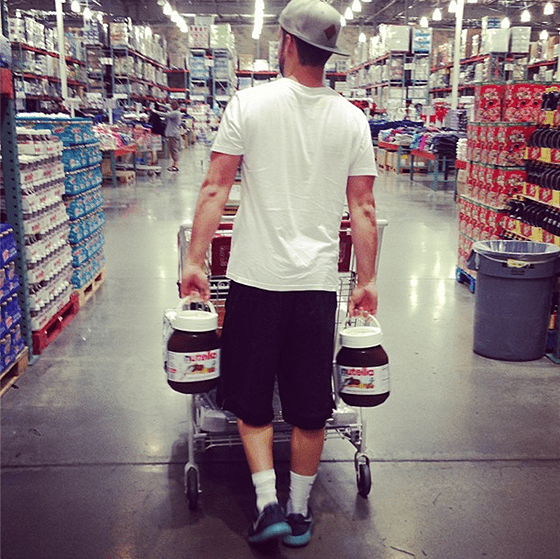
And although I know you’re not a beginner when it comes to AdWords, I can’t tell you how many high-budget AdWords accounts I’ve seen ($100k – $500k/month) that are set up in a way that just makes me super sad.
You can optimize your landing page all you want, but if you want to get the highest ROI from your PPC campaigns, you should also be optimizing your AdWords account setup.
Not only will the ideas I’m about to share improve your CTRs, Quality Scores, ad positions and impression shares plus increase your chances of dating and lower your cost per click, it will also help you improve your conversion rates.
Get ready to have your mind blown.
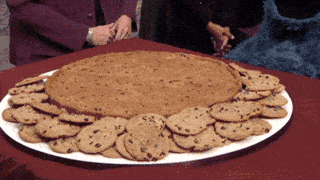
Here are three AdWords mistakes that are hurting your conversion rates… and how to fix them.
1. You’re not using single keyword ad groups
One major obstruction to AdWords performance is when people decide to bundle 10 – 20 keywords in a single ad group. Many people do this because all those keywords fit a common theme.
Sadly, it’s actually recommended by Google to do it this way within the AdWords dashboard:

What Google fails to mention is that having that many keywords per ad group can make search-to-ad message match hard to achieve.
Message match is when the search term matches with the ad, and it’s ideal because achieving it means that Google bolds your ad copy to stand out. In the split second it takes someone to decide which ad to click, yours becomes instantly more relevant.
But when you have that many keywords per ad group, you can never have a 100% message match between the keyword you’re bidding on and the ad that is being triggered to show.
If you have 10 – 20 keywords per ad group like Google suggests, you’ll end up with a situation like this:
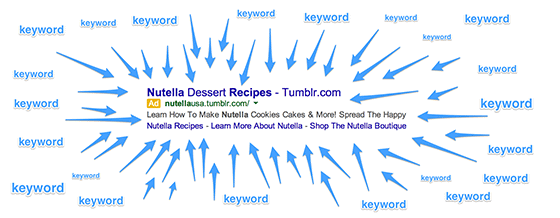
The keywords that are pointing to this one ad could be:
- Nutella cookies recipe
- Nutella recipes
- Nutella brownies recipe
- Nutella cake recipe
- Nutella hot chocolate recipe
- Nutella frosting recipe
- Nutella cupcakes recipe
- Nutella ice cream recipe
- Nutella crepe recipe
- Nutella cheesecake recipe
- Nutella recipe book
- Nutella recipe book urban outfitters
- Nutella recipe brownie
As you can quickly see, not all these keywords that you’re bidding on would be relevant to that one ad. In an ideal world, when someone types in “Nutella cookies recipe,” you’d want an ad that has the following headline: “Nutella Cookies Recipe.”
So how do you go about perfecting your message match? The answer is SKAGs.
What are SKAGs?
Single keyword ad groups (aka SKAGs) allow you to control the message match between the keyword and the text ad because only one keyword will trigger that specific ad.
When you only have one keyword per ad group, your best bet will be to make your ad super specific to that keyword. This means that your ad for the keyword “Nutella crepe recipes” could and should look like this:
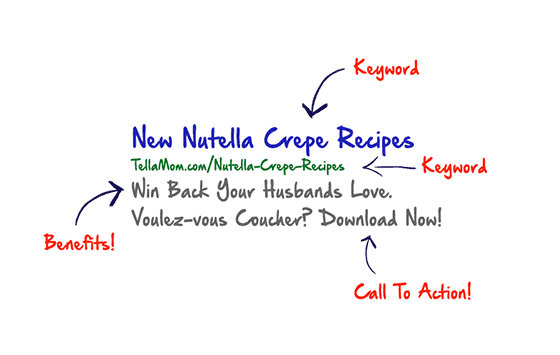
The reason why this ad is better and more relevant is because you have the keyword you’re bidding on in the ad itself. Perfect message match.
Higher relevancy = higher click-through rate = higher Quality Score = lower cost per click = lower cost per conversion.
I’d recommend having at least two drastically different ads in each ad group that you test against each other that follow the format below:
Description line 1: Talk about benefits and features.
Description line 2: Talk about benefits. Call to action!
Display URL: YourDomain.com/Keyword
When you create single keyword ad groups, your layout of targeting should start looking like this:
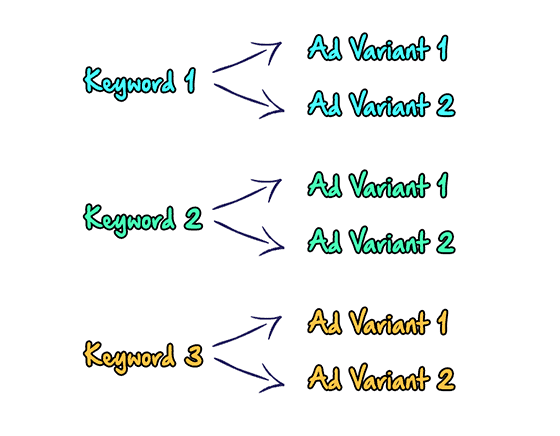
And when it comes to keywords and match types, try setting them up like this in each ad group:
+nutella +cookies +recipe
[nutella cookies recipe]
“nutella cookies recipe”
How SKAGs impact your click-through rates
Here’s an example of what happens to your click-through rates when you continually create single keyword ad groups (screenshot pulled from one of my client’s accounts):

Your click-through rate slowly starts to grow as your relevancy between keyword and ad increase.
Here’s what happens to your click-through rates when you don’t:

The multiple keywords in your ad group ultimately hurt your performance and relevancy, bringing down your click-through rates and Quality Scores (and adding more just makes it worse).
Here’s another example of a complete single keyword ad group overhaul for the entire account. Notice the spike in click-through rate and the ongoing improvement of it as well.

You may be thinking, “Well crap Johnathan! I have like, a bazillion keywords, and I use dynamic keyword insertion for almost all of my ads! I can’t do this!”

And all I’ll say is, “Can you afford not to?”
2. You’re not focusing on ad group level negative keywords
With PPC, there’s nothing worse than not knowing what you don’t know.
Inside your AdWords account, you most likely have short tail and long tail versions of different keywords. What you may not know is that your shorter tail keywords could be stealing away impressions from your longer-more-specific-tail keywords. Usually, this happens because AdWords doesn’t know how to correlate the search term to your long-tail keyword because of the match types you’ve chosen.
This is a problem. You don’t want your newly-created SKAGs to go to waste, right?
To avoid this scenario, we’ll need to take a very close look within your search term reports and make sure that each search term corresponds with the exact same keyword.
Using ad group level negative keywords
One of the things I always strive to do is to get all AdWords accounts to have at least 25 search terms (from highest impressions and down) in a row that are pulling from the exact same keyword. When that happens, your search term report starts looking like this:
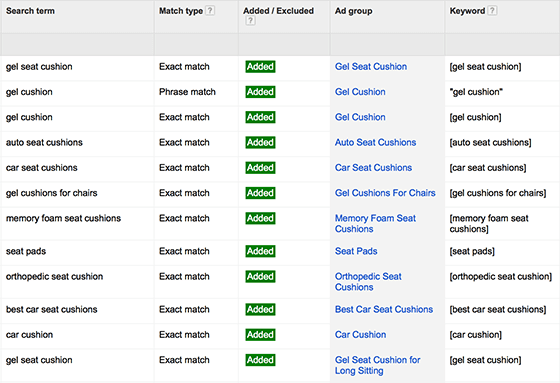
To make this (almost ludicrous) level of granularity happen, you’ll need to start adding ad group level negative keywords (not campaign or account level negative keywords) when there’s a discrepancy between keyword and search term. This will then prevent your short tail keywords stealing away impressions from the longer tail ones.
When you look at your search term report and see search terms that you want to show for but don’t match up exactly with the keyword that you’re bidding on, you’ll want to add that search term as an ad group level negative keyword (from the current ad group) and then create a new ad group for it.
Ensuring the right ads are being triggered to show
To make sure your keywords are triggering the right ads to show, you should frequently perform keyword diagnoses. To do this, you’ll want to be at the keyword level view within your AdWords account and click on the “Details” button and then “Keyword diagnosis.”
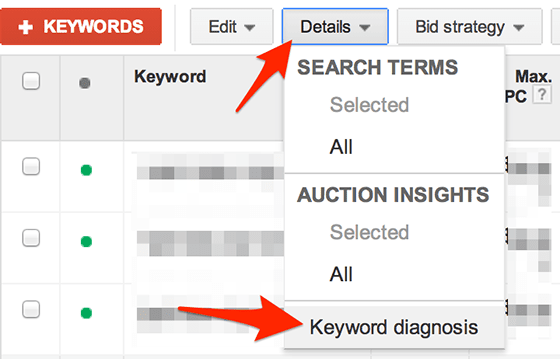
Sometimes you’ll find that negative keywords, bids that are too low or internal competition are preventing certain keywords from triggering corresponding ads. No matter the source of the problem, identifying the issue gives you the information you need to optimize your ads and make them hyper-relevant.
As you continue to do this over time, your Quality Scores, click-through rates and average ad positions will start going up because you’re granulating and improving relevancy.
3. You’re not using dynamic keyword insertion
Now that you’ve done your part on the AdWords side, it’s time to start capturing the traffic on your landing pages. Remember the day you created landing pages for every single keyword? No? I sure do.
Well, luckily, you may never have to go through that.
With dynamic keyword insertion, you can essentially take any text on the landing page and change it out with what you specify in the URL parameters. This allows you to create one landing page around a service or product theme and then change the headlines and calls-to-action to fit the keyword that the visitor searched for.
This will also have a positive impact on your landing page Quality Scores as Google sees that your page is very relevant to the keyword you’re bidding on.
With dynamic keyword insertion in place, your PPC funnel could essentially look like this:
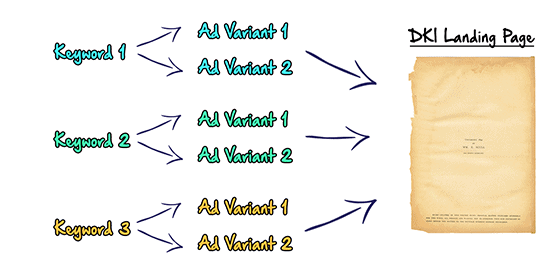
A PPC funnel structured like this results in ads and landing pages that are extremely relevant to what people are searching for. Here’s that magic equation again:
Higher relevancy leads to more conversions
This trifecta of strategies will make ads more relevant to your leads and will result in increased conversions. It’s a win-win.
SKAGs, ad group level negative keywords and dynamic keyword insertion work together to improve the relevancy of the ads seen by your visitors and give visitors a consistent experience.
Combined, these three steps will make your AdWords campaign optimization efforts more accurate than a Stormtrooper trying to do its own laundry.
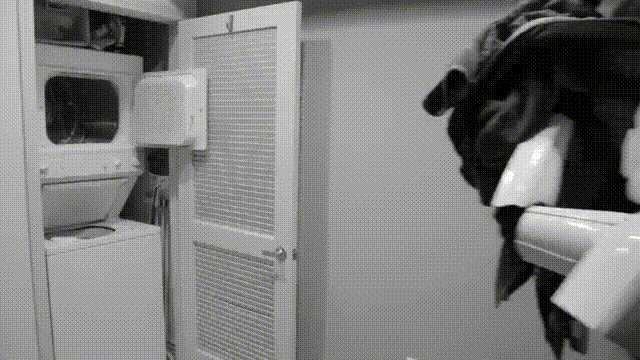
So there you have it: a brand new way to structure your AdWords account. I’d love to hear how your initial tests go.
Do you think this will help with your PPC performance? Why or why not? Please comment below!
![]()
